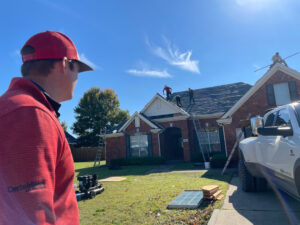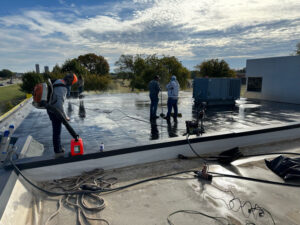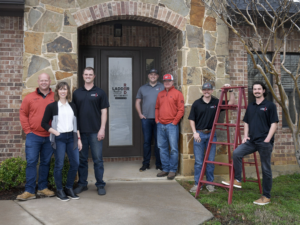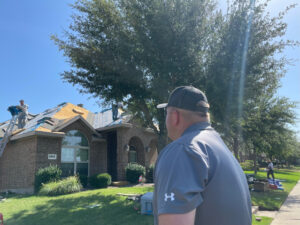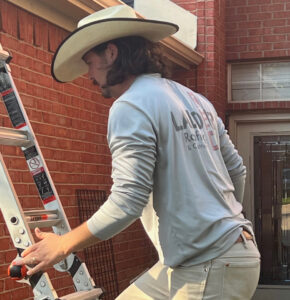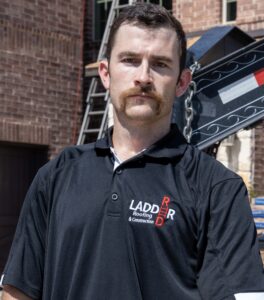If you are a residential or commercial property owner, you need to be aware of your roof’s condition.
Many times, roofs that could have been repaired must undergo full replacement due to negligent maintenance.
And this isn’t your fault.
Most property owners don’t understand their roof’s lifespan and they don’t know what signs to look for.
In this guide, you’ll learn how long a roof lasts.
Table of Contents
- An Introduction to this Guide
- The Lifespan of Your Roof
- Roof Elements
- When to Replace a Roof
- How to Tell If You Need a New Roof
- Signs You Need a New Roof
- Is Your Roof Defective?
- What to Consider When You Are Replacing a Roof
- And How Long Does A 30 Year Roof Really Last?
- How Long Does a Shingle Roof Last?
- How Long Does an Asphalt Roof Last?
- What Is The Life Expectancy Of 3 Tab Shingles?
- What is the Average Lifespan of Premium Shingles?
- How Long Does a Metal Roof Last?
- How Long Does a Tin Roof Last?
- How Long Do Fiber Cement Shingles Last?
- How Long Does a Slate Roof Last?
- How Long Does a Cedar Shake Roof Last?
- How Long Does a Tile Roof Last?
- What Is The Life Expectancy Of Stone Coated Roofing Tiles?
- What is the Life Expectancy of Concrete Roofing Tiles?
- How Long Does a Roof Membrane Last?
- How Long Does a Thatched Roof Last?
- Understanding the Structure of Your Roof
- The Construction of a Long Lasting Roof
- The Average Lifespan of a Roof
- How Do You Know If You Need a New Roof?
- The Value of a Great Roof
An Introduction to this Guide
Roof replacement and repair are expensive services, so it’s in your best interest as a homeowner or property owner to understand when it is and isn’t necessary to replace your roof.
We’ll discuss all the factors that determine the lifespan of your roof, including:
- The materials that makeup your roof
- The style of your roof
- How insurance quantifies the age of your roof
- How a roof’s age can affect buying or selling a home
- The weather in your area
Understanding these factors will save you time and effort, and protect you from scams.
The Lifespan of Your Roof
When buying or selling a property, it’s standard practice to have a roof inspection conducted.
This is because a property’s roof can be one of the most costly pain points in the purchase.
If you’re the buyer or seller, it’s important that you be updated on the age and condition of your roof. This lets you get ahead of the curve for any unique repairs or issues that might be lurking around the corner.
Another important point to grasp is the average lifetime of the specific type of roof you’re getting. In conjunction with the local weather patterns, this will get you the best idea of what to expect from your roof.
As a rule of thumb, asphalt shingles can last anywhere from 20 to 25 years in non-extreme weather areas. Metal roofs will fare for 50 years or longer.
When in an area like DFW, asphalt shingles get cut down to 7 to 10 years and metal roofs to 20 to 30 years.
Having overhanging trees and high humidity will also decrease the lifespan of your roof.
Now that you have a broad idea of what to expect, let’s dig in.
Roof Elements
Let’s start with how long a roof generally lasts on a normal home.
As mentioned above, the type of roof, local weather patterns, surrounding vegetation, and building materials all play a role.
Type of Roof
The most robust roofs are, from left to right, asphalt shingles, metal roofs, then concrete tile roofs.
As you might guess, the cost increases as you upgrade as well.
Weather Patterns
If you have a tile roof in a place that gets lots of hail, you might fare worse than someone with a standing seam metal roof. Likewise, if you have a metal roof near the beach, you might experience more degradation than someone with a tile roof.
This is why it’s important to have a transparent conversation when choosing roofing materials.
Vegetation
If have trees or other types of plants hanging over your roof, there’s an increased risk of your roof being damaged during a storm, which decreases the life of the roof.
Building Materials
While certain materials are better than others, having high-quality materials is paramount. Getting a metal roof may be useless if your roofer isn’t sourcing their metal from industry-leading manufacturers.
When to Replace a Roof
If your roof was subjected to a major hail storm then you will know when you walk outside whether the roof needs to be replaced. Go ahead and call your insurance to get the process started.
Even if you haven’t experienced a significant weather event, you may need to replace your roof due to standard degradation. This damage can be inflicted by overhanging trees, extreme humidity, and faulty installation.
A faulty installation is an overlooked source of issues with roofs. While the standard residential roof will last 20 to 25 years, not ripping out underlayment and other shortcuts will shorten that projected lifespan.
This is why it’s so critical to choose your roofer wisely.
How to Tell If You Need a New Roof
If you’ve been hit by a major weather event or if your roof is more than 20 years old, it’s time to at least look into replacing your roof.
Get it inspected so you can have a baseline of its current condition and be aware of any current and future damage that might occur.
Once you’ve got this baseline, use it to determine whether you need repairs or full roof replacement.
Be aware of if your current roof was installed over the old underlayment. A lot of roofers take this shortcut and it can result in improper ventilation and leaks, which inevitably lead to a shorter lifespan for your roof.
Signs You Need a New Roof
An easy sign to gauge your roof’s health is if you see shingles that are craked, sheared, or wind blown.
If you see these signals on your roof, you need to get an evaluation done ASAP to make sure you don’t have more serious damage underneath.
Another great tactic is to look for loose shingle granules on the ground or in your gutter. If you see large volumes of these, its a good idea to check out your roof in a thorough inspection.
If you feel safe, you can also get up on your roof to take a look around and assess any damage.
Last but not least, plain old discoloring can be a sign of poor roof health. If you see multiple spots on your roof with splotched or streaked discoloring, its time to take an in-depth look at roof replacement.
While you can temporarily mitigate issues by replacing the shingles with obvious damage, don’t be fooled into thinking of that as the final solution. These signs are indicators of poor roof health and may be the beginning of more serious damage like internal leaks.
Is Your Roof Defective?
If you have a new roof and you’re already seeing buckling, curling, and peeling shingsles, you’ve got a probem on your hands. Contact your roofer and your insurance company, because this is most likely a workmanship or materials issue, both of which your roofing contractor is responsible for.
It’s critical to contact your insurance company if they paid for your roof because you want to make sure their payment is used to the full extent of its value.
Issues like these are crucial to catch when you’re planning on buying or selling a home. A roof is a massive portion of the value of a home, and having a workmanship or materials failure can decrease the value of your home at the worst time.
The value of your roof can also be used offensively when you’re selling or buying your home. If you’re trying to purchase a property but can’t get the seller to nudge, offering to replace the roof can be the unique factor that gets your across the finish line.
On the flip side, if you’re selling, offering to replace the roof can get a hesitant buyer to pull the trigger on your property.
Either way, make sure that you get a professional inspection done before you make an offer on a property, because the worst thing you can do is make an offer on a property that has a damaged roof. You sign the dotted line, move in, and then realize you’ll need to spend another $15,000 repairing the issues.
What to Consider When You Are Replacing a Roof
There are several important criteria to consider before purchasing a new roof.
Wind uplift, roof age, old underlayment, roof bracing, and ventilation are all important factors to address.
Wind Uplift
Wind uplift is the effect created by wind as it travels parallel to the surface of a roof.
As the wind moves, it can get underneath the surface of shingles, which can lead to shingles tearing off of the roof. While the force has to be higher for different style roofs like tile, this effect can happen with any style of roof besides metal.
A lot of roof systems have wind resistance rating that help you understand how much of this force they can withstand.
If you reside in an area prone to high winds, it’s important to make sure your roof is rated appropriately.
Roof Age
This is a more holistic factor, as roof age can be deduced by the health of every roof component.
If you see discolored shingles that are torn and missing granules, then it’s safe to assume that the roof is older and needs replacement.
You can also infer a roof’s age by flashing, seals, dormers, skylights, and pretty much every other structure visible on a roof.
Old Underlayment
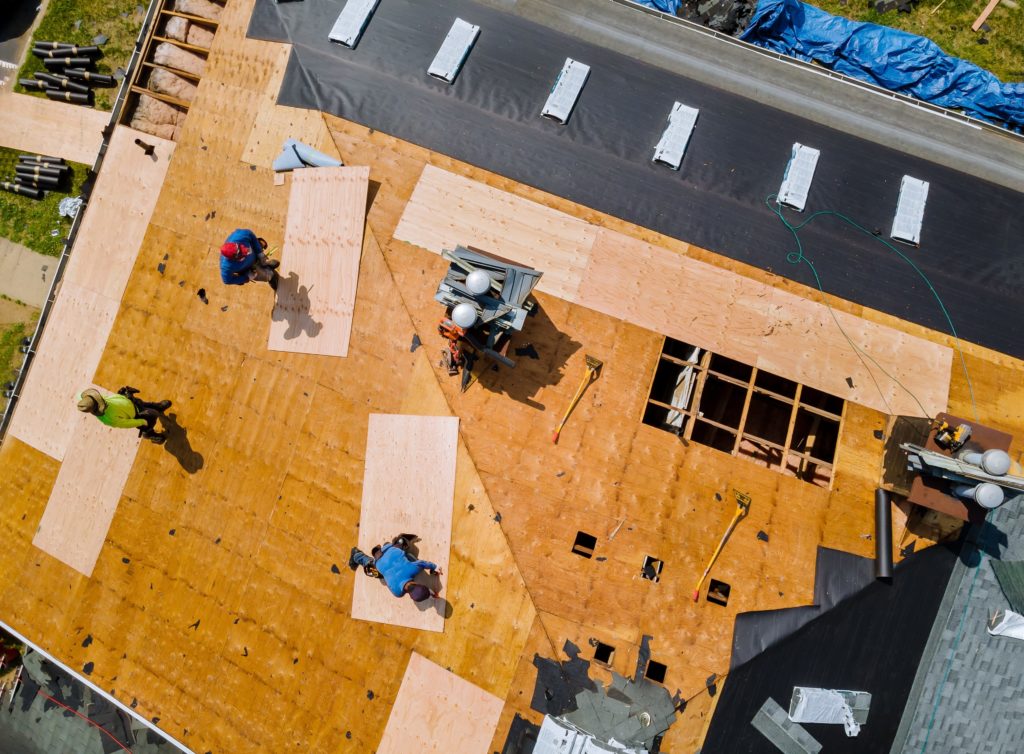
If you choose the right roofer, you will avoid this problem. If you see several layers of underlayment, it’s safe to assume that the roof has been replaced several times. While this alone isn’t reason for concern, the multiple layers of underlayment is.
Roofers will skip replacing underlayment to save time and money, but this is to the homeowner’s detriment. Water can get caught between the layers, causing rot and leaks. This can also cause the shingle layers on top to displace during weather events.
Roof Braces
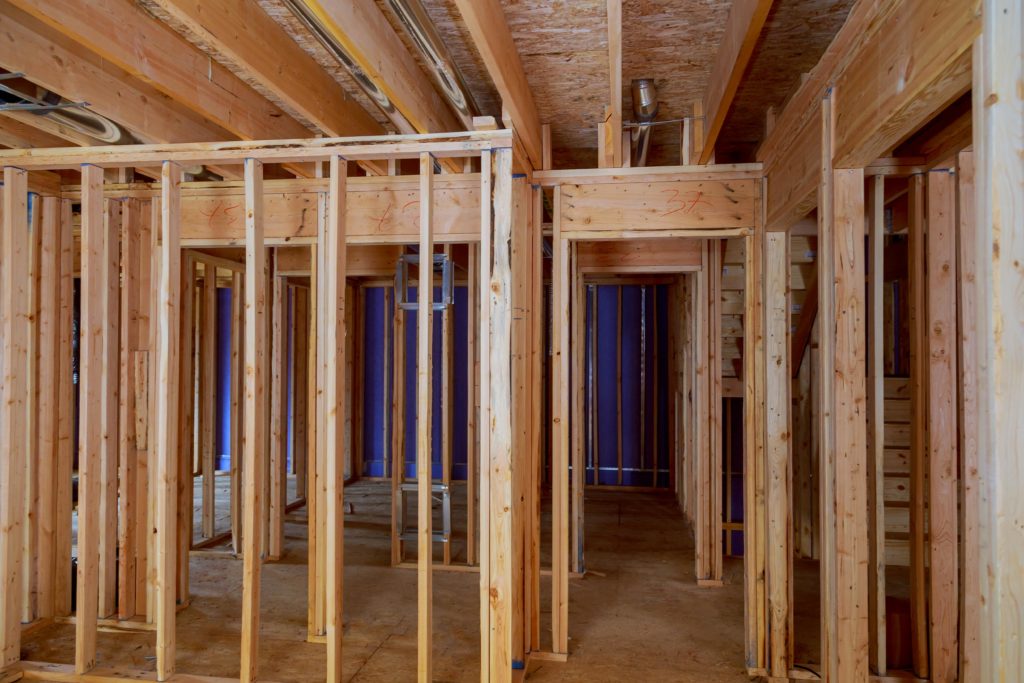
Roof bracing is the infrastructure of your roof. Collar ties, rafter ties, and purlins are all components of these critical bolsters to your roof. If you can see or feel instability in any of these units, its paramount that you get a professional to investigate further.
While issues mentioned above are serious, having weak roof bracing can cause a collapse of your roof during a severe weather event, which is a much more damaging event than some shingles going missing.
Ventilation
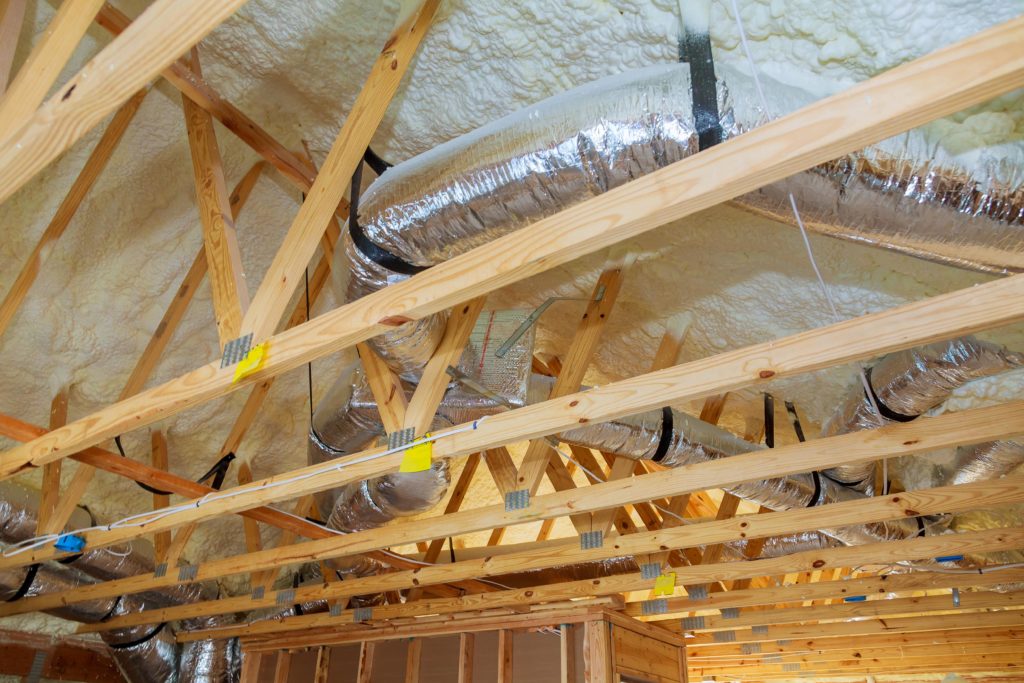
Having good ventilation allows air to move throughout the home, which prevents mold from forming. If you notice bad smells in your attic, you might need to check your roof vents for damage or debris.
Keeping tabs on the above elements will make you an informed homeowner that can make an educated decision on whether their roof needs to be replaced.
Remember that names like “30-year roof” are just names. They indicate how long the roof will last under perfect conditions. And as you know, conditions are never perfect.
The single biggest contributor to decreasing roof lifespan are severe hail storms. The wind and hail combine to cause vicious damage to shingles, dormers, chimneys, skylights, and almost every piece of your roof.
Encountering one of these storms will decrease how long your roof lasts. Going through several within a few years will make your roof last a fraction of their ideal time.
And How Long Does A 30 Year Roof Really Last?
A 30-year roof can last anywhere from 5 to 30 years. This range is so large because there are many factors that affect a roof’s lifespan.
Severe storms, lack of maintenance, and subpar workmanship can all cause to need to be replaced long before it’s stated expiration date.
While many roofers and manufacturers offer warranties that cover your roof for years, review your insurance policies before you sign up with a roofing contractor.
How Long Does a Shingle Roof Last?
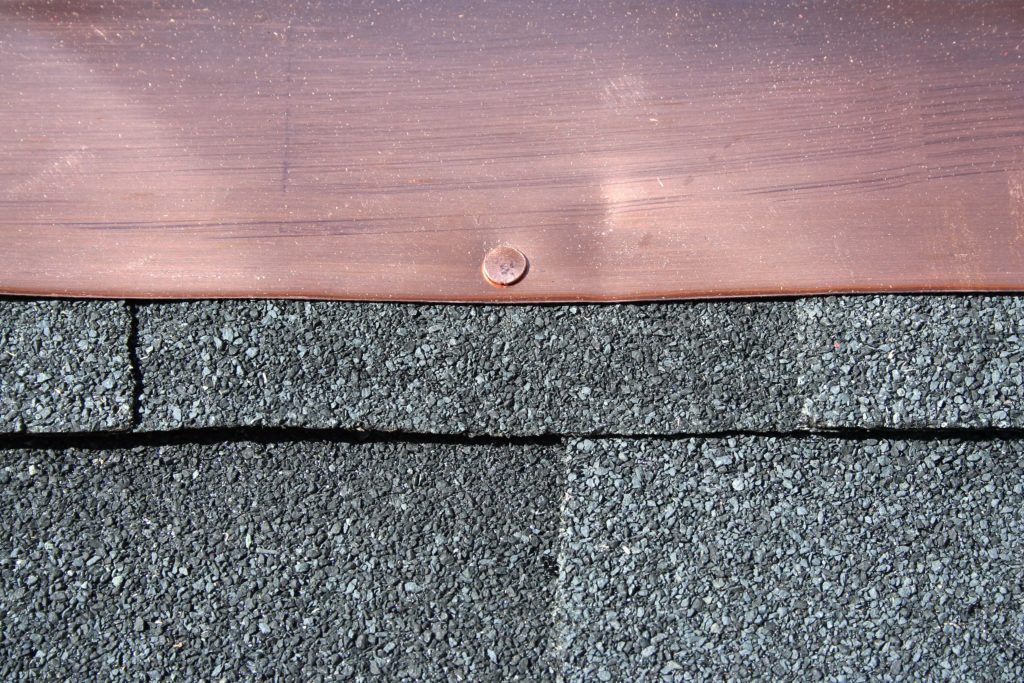
Shingles roofs can last anywhere from 15-25 years with proper installation and maintenance. They’re the most common type of roof in the United States and will do quite well if cared for properly.
There are several variations of shingles that might be the right choice for your home.
Each type of shingle and material will vary in their ability to last.
There are asphalt shingles, wooden shingles, cedar shingles, and cedar shakes, to name a few.
Let’s compare these few options.
While the version listed above lasts for ~20 years in a non storm heavy area, fiber cement shingles and composition shingles can go all the way to 30 years.
How Long Does an Asphalt Roof Last?
Anywhere from 15-25 years. This lifespan is affected by proper maintenance and severe weather events.
Even if you’re take proper steps to lengthen the life of your roof, it’s important to have your roof checked out by professionals every few years.
This is critical if you’ve been the victim of significant storms during that time.
To get an idea of how long asphalt shingles last, its important to understand what they consist of.
These shingles are made by gluing together layers of cement fibers and organic material over black asphalt.
This asphalt is heated by the sun and creates a watertight layer that also protects your home from heat and wind.
If you’re concerned that your asphalt shingles might required repair or replacement, keep an eye out for large cracks, displaced granules, or curling at the edges.
Any hailstorm, tornado, or severe weather event is reason enough to have someone take a look at the roof. Even if you can’t spot any visible damage from the ground.
While there are several variations of asphalt shingles, we’re referring to 3-tab asphalt shingles. These are the most popular kind and comprise most of the roofs you see while driving around.
Other variations like architectural or dimensional shingles will last longer and fair better against inclement conditions, but will be more expensive.
Remember that location plays a big role in how long your roof lasts. A roof in a temperate climate somewhere in the Midwest will fare better than a home in the DFW, which receives major hailstorms every few years.
The same can also be said for geographies that experience extreme heat. Being subjected to extreme heat year-round are more susceptible to cracks and heat-induced damage than a home in somewhere like Colorado.
If you have an asphalt shingle roof and live in an area with weather extremes, whether that be heat, hail, or blizzard, you’ll want to get it inspected more frequently.
This is crucial if you’re trying to sell or a buy a home, as you will want to know the state of your roof before committing to a transaction.
What Is The Life Expectancy Of 3 Tab Shingles?
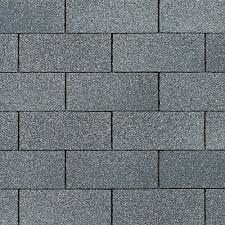
3-tab shingles are the most common type of asphalt shingle. They’re inexpensive, easy to install, and available from all major roofing material manufacturers.
Remember going with a cheaper option like 3-tab does have its drawbacks.
A single DFW hail storm can demolish an entire roof, and there’s no promise that the same thing won’t happen to your new roof the year after.
So if you’re looking at shingle options Dallas, its worth your time to investigate architectural and dimensional asphalt shingles.
These variations are thicker and better suited to withstand major weather events.
These sturdy types will withstand higher wind conditions and direct impacts than 3-tab shingles.
The increased thickness and durability of architectural or dimensional asphalt shingles make them better suited for places with more extreme weather conditions.
What is the Average Lifespan of Premium Shingles?
Similar to architectural and dimensional, premium asphalt shingles will stand tall to 110 MPH wind gusts if installed properly.
Premium shingles differ in their aesthetic properties, so they are typically used on higher-end homes.
How Long Does a Metal Roof Last?
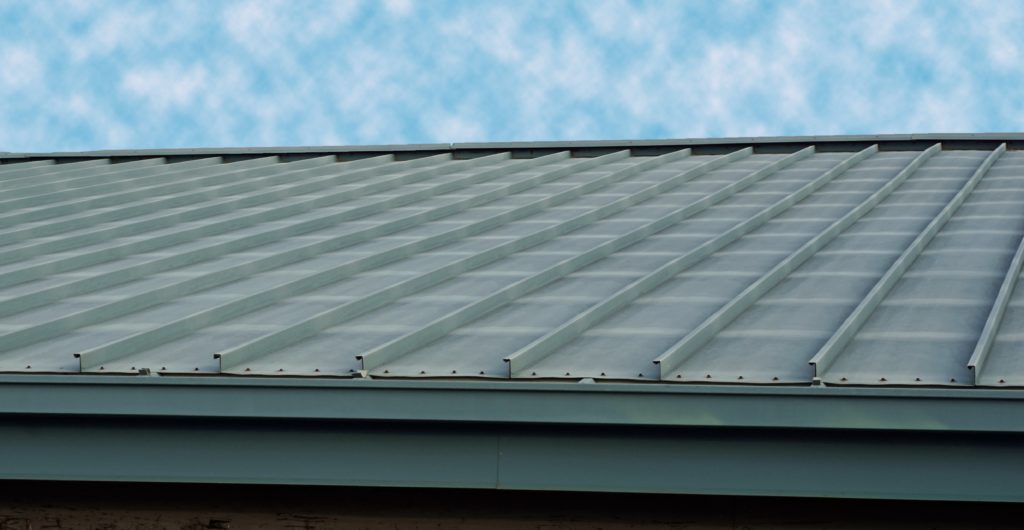
Metal roofs can be an investment that lasts a lifetime if properly cared for.
Not to mention the aesthetic appeal of different types of metal can complement certain types of homes and add to the value of the home.
With regular inspections and maintenance, a metal roof can last for 50 years. Even if there are several major storms that occur during that time frame.
Keep in mind that these benefits do come at an increased cost, but if you’re financially able to consider a metal roof, its well worth the time and research to determine if its the right fit for your home.
Another benefit of metal roofs is that they are more energy efficient, which helps decrease air conditioning costs during the summer months.
The most common type of metal roof is called standing seam. They’re marked by the perpendicular ribs of metal spaced evenly across the span of the roof.
These roofs will last 30-50 years in most circumstances, but will go all the way to 60 depending on installation quality and location of the home.
Steel, copper, titanium, and zinc are a few of the available options for metal roofs.
An often overlooked benefit of standing seam roofs is that photovoltaic solar panels can be directly mounted on them. This means you don’t incur any of the typical construction labor that comes with solar panels.
There are also metal shingles, which offer some of the same benefits and cost a little bit less than a full metal roof.
An affordable alternative to a metal roof is a ribbed metal panel roof, which is better-suited for steep or gabled roofs.
These ribbed metal roofing systems last about as long as a normal metal roof (20-45 years).
You’ll tend to see more metal roofs installed in the northern United States. This is a response to the intense winters that bring down slush and ice on top of homes.
How Long Does a Tin Roof Last?
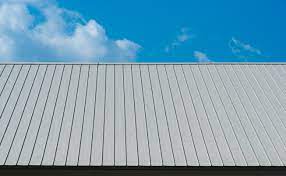
Tin roofs can last 30-50 years without any catastrophic events. This is in line with most metal roof types.
Keep in mind that tin roofs do lack the longevity of copper and zinc roofs.
But this could be the right fit for you if you desire the robustness of a metal roof but don’t have the budget for zinc or copper.
How Long Do Fiber Cement Shingles Last?
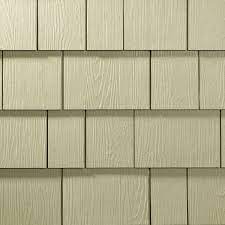
Fiber cement shingles are a type of composition shingle and can last anywhere from 20-30 years.
As always, remember that the lifespan listed on a shingle’s packaging is a best case scenario. Since we live in an imperfect world, it’s safe to lower that number by 10-15%.
Although these shingles are sturdy, if you’ve recently been hit by a severe storm, get someone to check out your roof.
How Long Does a Slate Roof Last?
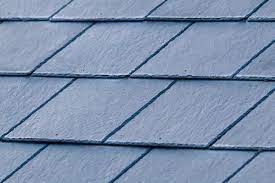
Slate roofs are behemoths.
They combine function with form and are one of the best roof materials you can invest in, no matter what type of home you have.
Slate roofs can last from 50 years on the low end, to 100 years on the high end. Of course, this top estimate assumes that you regularly maintenance your roof and solve issues on your roof as soon as they arise.
Slate roofs are typically found on luxurious homes, as they come with a hefty price tag. But if you live in a mansion, you’re going to want get the best of the best.
These types of roofs can dramatically affect home prices, and may be enough to sway a hesitant buyer to commit to a purchase.
Slate is a naturally occuring stone, which makes it ideal for handling all types of inclement weather conditions.
It’s important to note that slate is remarkably heavy when compared to metal shingle roofs. This means that your home’s infrastructure must be properly built with premium materials to support that kind of weight.
If you’re not sure that your beams and frame are up to the task of supporting the load of slate, you can use braces to improve the structural integrity.
While its very rare, it is possible for wind to rip a slate tile off of a roof. If you are in an area with this kind of storm, we hope that you would have evacuated the area. But if not, please remember that a slate tile is heavy enough to go through a car, so be very aware if you’re caught in severe weather and are standing outside your home.
If you’re not prepared to spend the money for upgrading to slate, composite shingles are a good alternative. They’re sturdy and you can find designs that are identical to real slate.
How Long Does a Cedar Shake Roof Last?
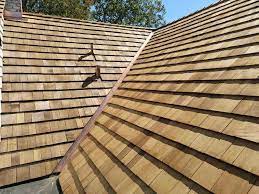
Cedar has an elegant and well-aged look that gives a lot of character to your roof. Its also rot-resistant and insect-resistant.
Cedar shake (or cedar shingles) can last for decades with proper care and inspections.
If you begin to see cracking or peeling in your shakes, its time to contact a professional about roof replacement.
Treating your cedar with a special preservative every few years can also stave off replacement and keep your roof looking brand new.
How Long Does a Tile Roof Last?
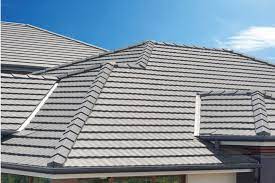
Tile roofs have a lot of variance to their lifespan, as there are many different tile materials to choose from.
And as always, the weather plays a part in age as well.
What Is The Life Expectancy Of Stone Coated Roofing Tiles?
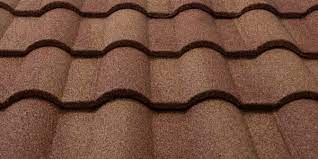
Stone coated roofing tiles are lightweight but durable with excellent wind resistance. This trait make them perfect for hurricane ridden areas like Florida.
These tiles can be prone to rust, so keep an eye out on them if you’re getting hit with a lot of rain.
What is the Life Expectancy of Concrete Roofing Tiles?
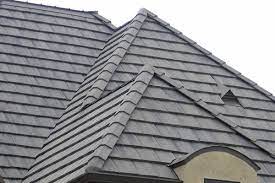
Concrete tiles and another great option for luxury homes.
These tiles last 45-75 years and are a beauty to look at.
As with other luxury tile types, concrete tiles are heavier than standard shingles and require a well-braced infrastructure for safety.
In addition, these tiles can become dangerous if dislodged during a storm.
How Long Does a Roof Membrane Last?
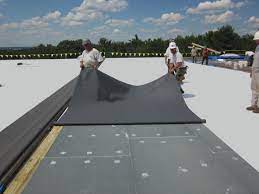
If your house has a low-slope or flat roof, it might not be suitable to use the above roof systems.
For situations like this, a membrane like EPDM (ethylene propylene diene terpolymer) if a better choice for its cost and ease of repair.
A major drawback is that these membranes only last 5-15 years and can be more prone to leaks because of its glued seams.
TPO (thermoplastic polyolefin) and PVC (polyvinyl chloride) are two other membrane types that cost more but are more durable as well.
TPO and PVC membranes are membranes with hot welded air seams that let them last longer than EPDM.
Please note, if your property is in an area where hurricanes are freuent, you will want to purchase a fully-adhered membrane system. This will increase your roof’s ability to withstand high winds.
How Long Does a Thatched Roof Last?
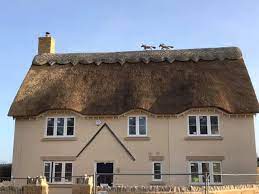
This is an uncommon type of roof but it can last anywhere from 40-50 years.
They’re built by layering dry vegetation like straw, rushese, and water reed together to shed water away from the inner roof.
Since the vegetation tends to stay dry and densely packed (thus trapping air) the roof also creates insulation.
Understanding the Structure of Your Roof
Whichever roofing material you decide to use, it’s important to understand the way that it’s manufactured. Knowing this process gives you insight into how long your roof will last, how often you need to get it inspected, and what types of environments best fit that material.
You also need to understand how your roof is built, so that you’re prepared to assess damage and even make repairs if able.
The innermost part of the roof called the deck. It’s the base layer of a roof that supports the shingles or tiles.
Immediately covering this deck is a layer of special material and drip edfge. The special material prevents ice and water from touching the bare deck (which prevents rot) and the drip edge keeps water from falling onto your eaves.
Before installing the additional layers, the bare deck must be cleaned and dryed. Rushing through and installing ice and water barrier over old layers is negligent and will result in severe problems down the road.
It is essential that the deck be clean and dry before the rest of the layers are put into place – and that the old shingles or roofing material is completely removed before the new layers are applied, since adding new product on top of the old can lead to a variety of long term problems that will shorten the life of the roof.
Next there is the underlayment, which keeps the deck dry and gives another layer of protection against the weather.
This level also includes ventilation and flashing. Ventilation allows air to circulate, which prevents mold. And the flashing keeps the areas around your chimney, skylight, and dormer watertight.
Not skimping on your watertight underlayer is critical, especially if you live in the Northeast, where rain can fall and then freeze under your roof.
Additional ventilation can be provided by ridge, eave, and power vents if your roof fails to circulate an appropriate amount of air by itself.
Different nails and fasteners can be used as well. This is up to the discretion of the general contractor and depends on things like roof material, weather, and roof slope.
Finally, there are the shingles, tiles, metal, or membrane you chose for your roof. These are fastened on top of everything else as the outermost layer of defense.
The Construction of a Long Lasting Roof
The above elements coordinate to form a long-lasting defense against weather and other physical damage.
While its important to choose the right materials for the job, remember that this is only part of the equation. A certain material’s lifespan is only as good as the quality of its installation.
So make sure that you take your time to choose the right team for the job and you’ll bear the rewards many years into the future.
Replacing Shingles on Your Roof
If there comes a time where it’s necessary to make repairs on your roof, it could be appropriate to replace several spots on the instead of the entire roof.
We do suggest having this work done by a professional, but if you are comfortable and confident, this is something you can do during a nice day.
Just remember, it’s always better to be proactive when performing maintenance on your roof.
Don’t waste until the last second, because you might wait too long and incur massive damage to the interior of your home.
The Average Lifespan of a Roof
As we’ve discussed, your roof’s lifespan will be affected by the materials used, the installation quality, inclement weather, and wear and tear from walking around.
Performing inspections and doing regular maintenance will significantly increase your chance of finding issues before they come severe.
How Do You Know If You Need a New Roof?
As mentioned, and curling, peeling, displacement of granules, or otherwise abnormal-looking shingles and tiles are all signs that you might need a new roof.
Keep in mind that it’s difficult to see what’s going on from the street-view so it’s best that you get on your roof for inspections.
The Value of a Great Roof
Educating yourself about what materials, installation methods, and labor you’ll need are crucial to choosing to getting a long lasting roof.
And a long-lasting roof can do wonders for the value of your property.
A roof inspection is standard for most due diligence processes when buying or selling a property.
Upgrading the roofing system on your home can add $12,000-$50,000 or more to the value of your home.
This can also be a negotiating point for you to use when at the table with a buyer or seller.
